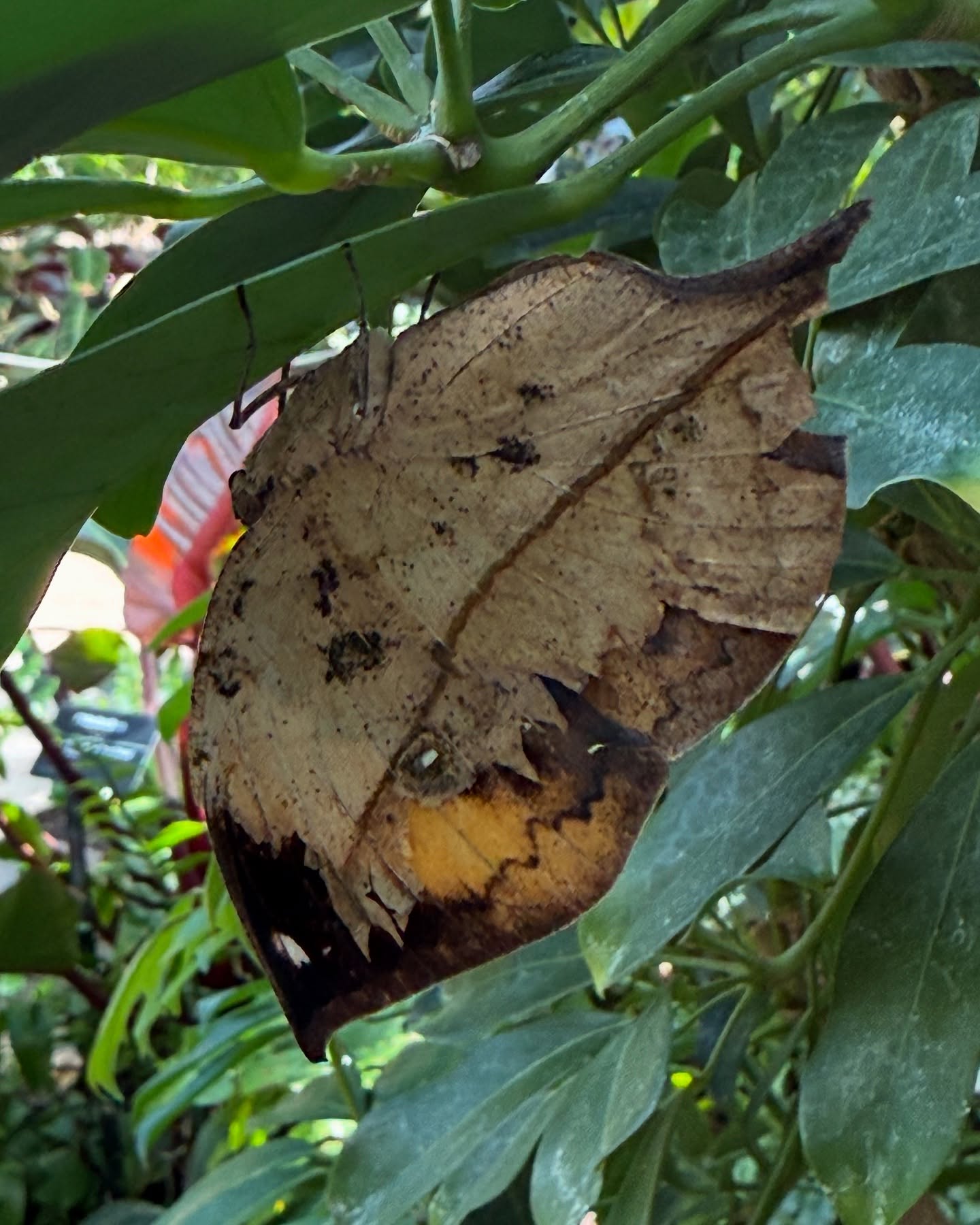- The significance of maintaining ecological balance in a Tropical Conservatory.
- The role of horticultural staff in managing the environment for optimal animal and plant health.
- Strategies for preserving biodiversity within controlled ecosystems.
- The connection between leaf litter management and wildlife conservation efforts.
- The importance of detailed observation and intervention in plant and animal interactions.
Nestled in a biodiverse ecosystem, a Tropical Conservatory poses multifaceted challenges for its caretakers. At the heart of these challenges lies the diligent work of horticultural staff. They are tasked with the vital duty of maintaining ecological balance, which is tantamount to securing a habitat conducive to both flora and fauna. Dried leaves, often overlooked by casual observers, play a nuanced role in these ecosystems which our staff must manage carefully.
In the layered environment of a conservatory, dried leaves serve as organic matter that, when left unchecked, could disrupt delicate ecological networks. These leaves, while natural components of the biome, can harbor pests and pathogens detrimental to plant and animal health. Therefore, staff must routinely engage in the crucial task of leaf litter management. This process involves not only raking and clearing dried foliage but also executing a detailed analysis of the potential impacts on resident species.
Horticultural teams must remain vigilant in comprehensively managing and observing plant health. Primary attention is given to prevent diseases that could spread through decomposing organic matter. However, the role extends beyond simple clean-up. The task is intertwined with a broader strategy of preserving an internally regulated environment that mimics natural habitats as closely as possible. This regulation aims to support animal populations that have evolved symbiotically with specific plant species.
Biodiversity preservation is the backbone of thriving wildlife conservation efforts. Effective management within conservatories assists in sustaining a wide range of species by providing diverse microhabitats. Such an environment offers animal inhabitants ample resources to carry out natural behaviors, from foraging to nesting. Every action, from leaf sweeping to plant pruning, contributes to a supportive structure that promotes genetic diversity and ecological health.
The connectivity between horticulture and zoology is accentuated in controlled environments where plant health directly influences animal well-being. For instance, decomposing leaves, if left untended, might attract insects. These insects can become either pests or essential dietary components for certain species within the conservatory. Horticultural practices are therefore conducted with that vital interdependence in mind. Understanding nuanced interactions allows staff to make informed decisions beneficial to the ecosystem at large.
In the management of plant detritus, animal welfare is placed at the forefront. Many animal species depend on the integrity of the conservatory’s plant structures, using leaves and twigs for nesting or as camouflage. Horticultural workers leverage their knowledge of these dependencies when orchestrating clean-up operations, balancing the need for order and tidiness with the ecological needs of the animals.
Maintaining this intricate balance requires thorough observation and keen intervention skills. Staff are trained to decipher subtle plant and animal signals, indicators of ecosystem health. Extended browning in leaves might point to underlying water or nutrient issues that, if addressed, lead to improved health across the conservatory’s inhabitants. Similarly, unusual animal activity could suggest fluctuations in microhabitat conditions necessitated by climatic adjustments.
The horticultural team’s work is vital to conservation efforts that extend beyond the borders of the conservatory. By maintaining a stable, biodiverse environment, these efforts serve as educational models, illustrating the interconnectedness of plant and animal life. Public visitors may be unaware of this backstage dedication but derive educational value and inspiration from healthy, vibrant exhibits. This connection encourages broader sensitivity towards conservation issues and reinforces the importance of such roles in the custody of Earth’s shared biological heritage.
In supporting these goals, the tropical conservatory’s strategy aligns with broader wildlife conservation objectives. The environment created and maintained by horticultural staff provides a microcosm that reflects broader ecological systems. Implementing ecological principles involving leaf litter management not only stimulates healthier plant growth but also cultivates an environment that supports the thriving of both native and exotic species.
Reviewing the efforts within a tropical conservatory paints a portrait of meticulous coordination and ecological sensitivity. Each act of leaf sweeping, guided by knowledgeable horticultural staff, is a testament to the commitment required to nurture these verdant enclaves. Dried leaves are more than refuse; they’re elements of a living, breathing system. Addressing them with caution signals an understanding that every piece of organic matter plays its role in the grand design of nature.
In summary, horticultural staff play a crucial part in safeguarding the integrity of tropical conservatories, acting as guardians of plant and animal health alike. Their ability to recognize and respond to the interplay of factors within an ecosystem is vital. By preserving biodiversity and promoting health, they contribute immensely to the mission of wildlife conservation, even if the tools at hand are as simple as a rake and a watchful eye.
*****
Source Description
Our horticultural staff has to keep a watchful eye when sweeping up dried leaves in our Tropical Conservatory 👀 🍂
📷: Paula Betz


